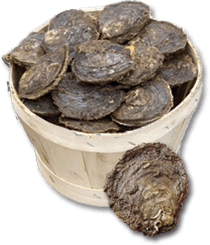
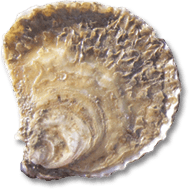
History of
The Mumbles Oyster
where they graced the tables of the Empire.
The oyster fishery was the focus of village life at Oystermouth supporting not only the skippers and crews of the 70 oyster skiffs calling Oystermouth their home port but also the focus of shoreside businesses and culture. The annual Oyster Fair marked the start of the oyster season in September and acted as a focus for the village community to celebrate their good fortune of having such productive oyster beds on their doorstep. The oyster fishery provided employment and enjoyment for the families of the oystermen; their wives ran oyster stalls along the Promenade whilst the children built and decorated oyster 'grottos' from empty shells.
Unfortunately native oyster populations in Wales and throughout Europe suffered a serious decline in late 19th and early 20th centuries due in part to over fishing which was itself caused by the advent of the railways and transport to London. This over exploitation came at the same time as the increase levels of environmental pollution from Swansea’s heavy industry. The final nail in the oyster fisheries coffin was a widespread disease that wiped out many of Europe’s native oyster beds in the 1920s.
Recent studies by Swansea University students have reported that although a few large old oysters still exist in Swansea Bay and there has been no recruitment of small oyster for many years.
The Mumbles Oyster Company are aiming to readdress the balance and restore the native oyster beds at Mumbles, which if successful could be the first step in restoring the population to the Swansea Bay.
If you want to find out more about the history of the Mumbles Oyster and Oystermouth village visit the Oystermouth Historical Association webpage.









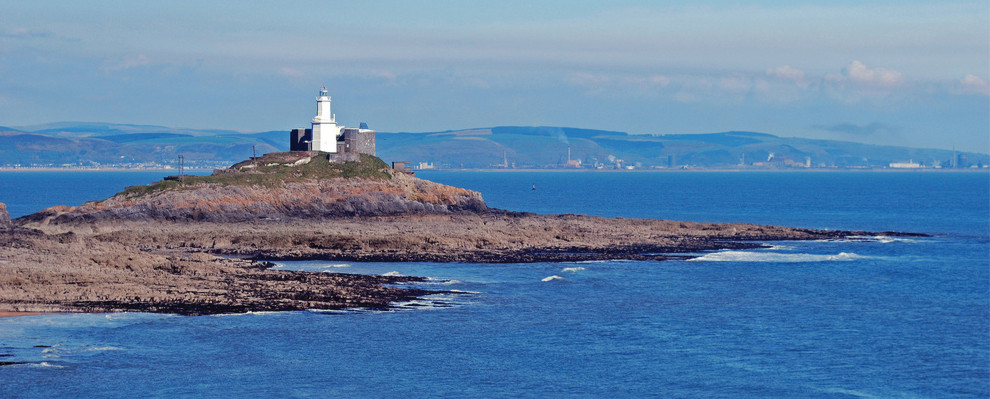

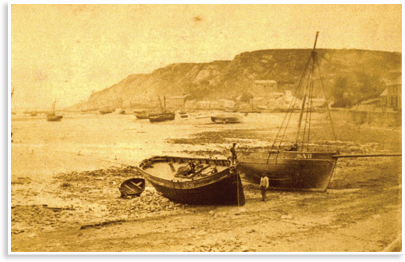
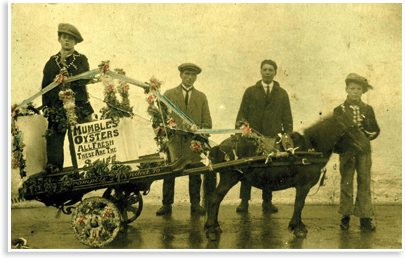

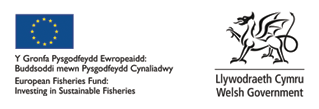
TWITTER
FACEBOOK